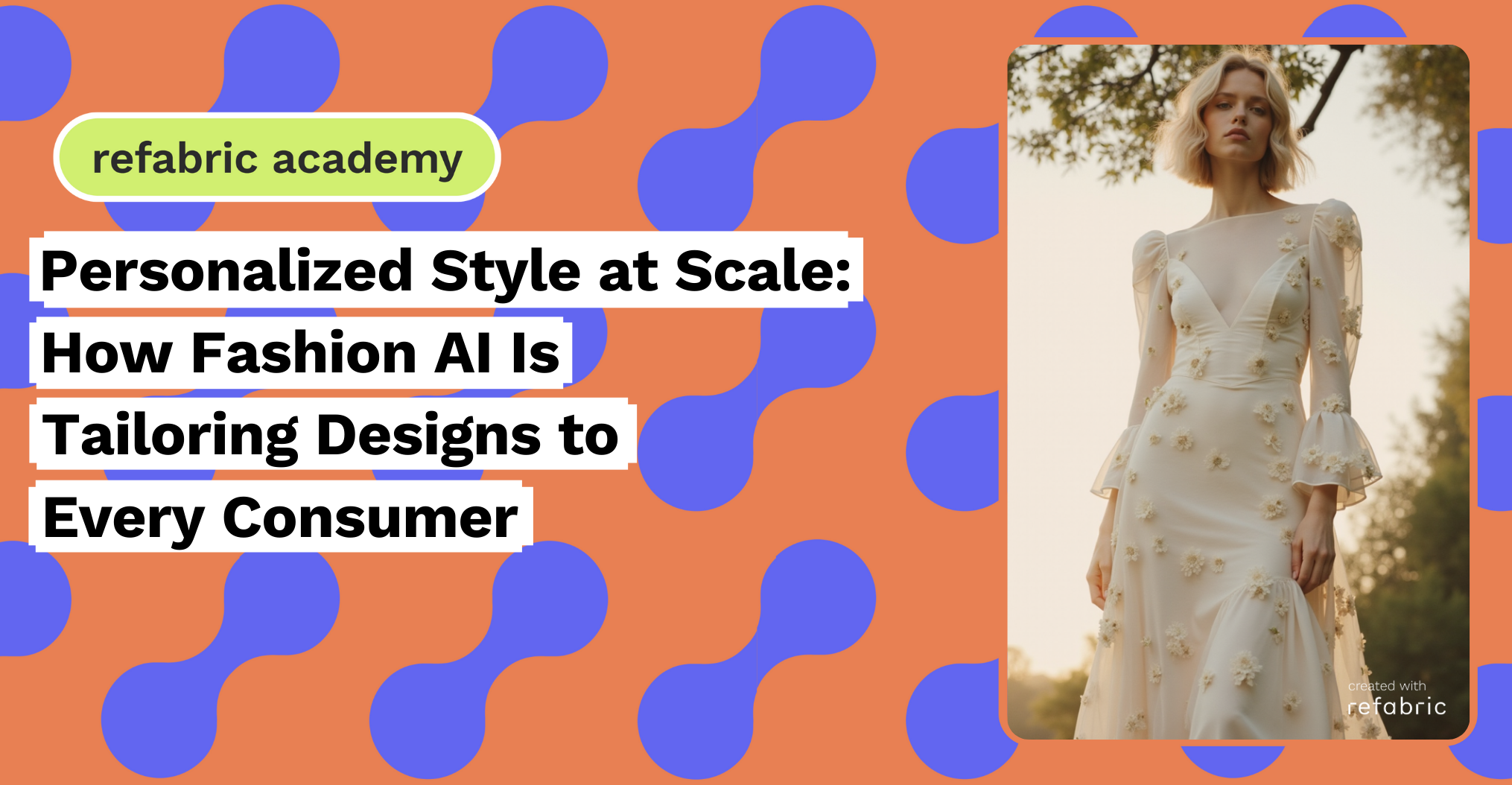Fashion AI is redefining what it means to get dressed in the digital age. Gone are the days of one-size-fits-all collections and generic shopping experiences. Today, artificial intelligence is making fashion more personal, more inclusive, and more efficient than ever delivering curated style choices at a scale once unimaginable.
The New Standard: Hyper-Personalization Meets Mass Fashion
In an industry long driven by seasonal trends and mass production, personalization was once a luxury reserved for high-end clients. But with AI-driven tools now embedded into everything from styling apps to digital showrooms, brands are bridging the gap between customization and convenience. Whether it’s recommending outfits based on weather and calendar events, analyzing customer behavior to refine size and fit, or generating mood-based capsule wardrobes, fashion AI is transforming style discovery into a personalized journey.
Retailers and e-commerce platforms are using fashion AI algorithms to process vast datasets, think purchase history, social media interactions, and style preferences, allowing them to serve up exactly what each shopper wants, when they want it. The result? A shopping experience that feels like it was designed just for you.
Fashion AI in Action: Smart Styling That Thinks Like You
The power of fashion AI lies in its ability to learn, adapt, and evolve with each user. Virtual stylists powered by machine learning now act as digital fashion advisors, offering real-time outfit suggestions, wardrobe coordination tips, and even mood-based dressing prompts.
Startups and fashion tech companies are also leveraging generative AI to build entire collections around a customer’s unique aesthetic. Imagine uploading a Pinterest board or a selfie, and having the system design outfits tailored to your body type, personality, and lifestyle. These innovations aren’t just futuristic, they’re live, scalable, and changing the way consumers engage with fashion.
Inclusive by Design: Catering to All Shapes, Sizes, and Stories
One of the most impactful outcomes of fashion AI is its potential to democratize style. By moving away from rigid sizing charts and generic avatars, AI tools can accommodate the full spectrum of human diversity, recognizing that bodies come in many forms and fashion is deeply personal.
AI-generated models allow for size-inclusive previews of collections, so customers can visualize how an outfit might look on a body that resembles their own. This visibility boosts consumer confidence and reduces returns, two persistent challenges in online retail. It also challenges outdated beauty norms and promotes a more inclusive vision of style that better reflects society at large.
One example of this in action is Refabric, which brings designers’ creations to life with high-quality visuals applied to AI-generated models representing a wide range of ethnicities, genders, and body types. By simply uploading garment images, users can generate stunning, dynamic visualizations using models from Refabric’s inclusive catalog, making it easier than ever to present collections in a way that resonates with diverse audiences.
Data-Driven Creativity: The Designer’s New Muse
Far from replacing designers, fashion AI is becoming their creative partner. Through tools that analyze trend patterns, global street style, and even cultural moments, fashion AI helps designers anticipate demand and experiment with new ideas, faster and more accurately than ever before.
Designers can now feed their own sketches and inspirations into AI systems that generate fabric suggestions, color palettes, and 3D prototypes in minutes. By minimizing trial and error in the sampling phase, this not only accelerates the creative process but also significantly reduces textile waste.
The Future of Style Is Personalized and Scalable
The beauty of fashion AI lies in its duality: it allows for personalization at an individual level, while still operating on a mass scale. Brands can now cater to millions of unique preferences without compromising efficiency or creativity.
As this technology becomes more integrated into everyday fashion platforms, expect a future where your wardrobe is not only curated but co-created—where every touchpoint in the shopping experience is shaped by your taste, your needs, and your story.
The age of impersonal fashion is over. Thanks to fashion AI, we’re stepping into a new era where personalization is not a privilege, it’s the standard.
